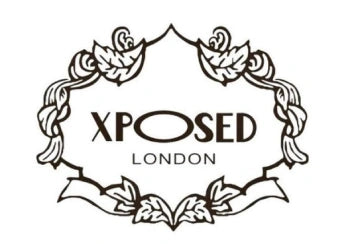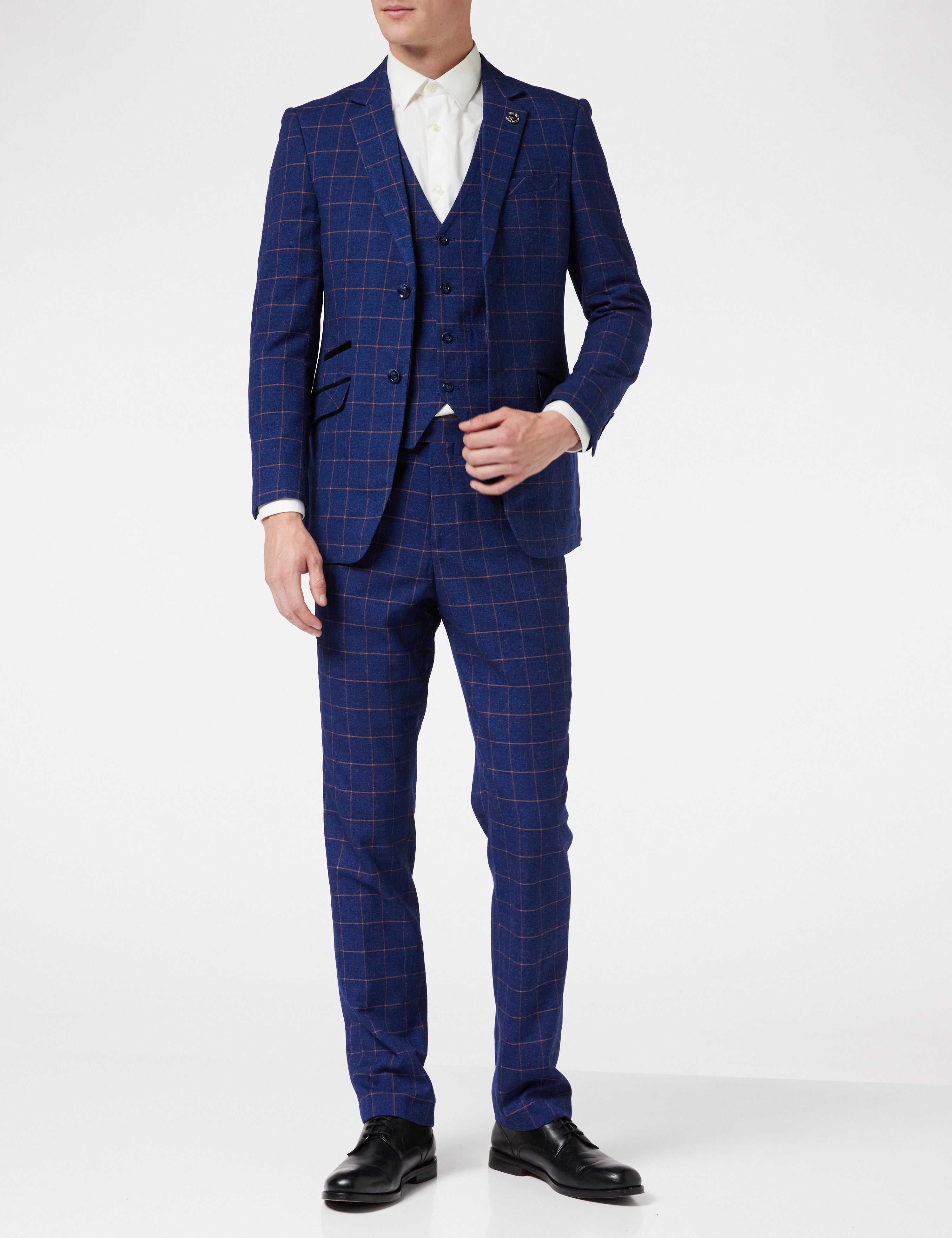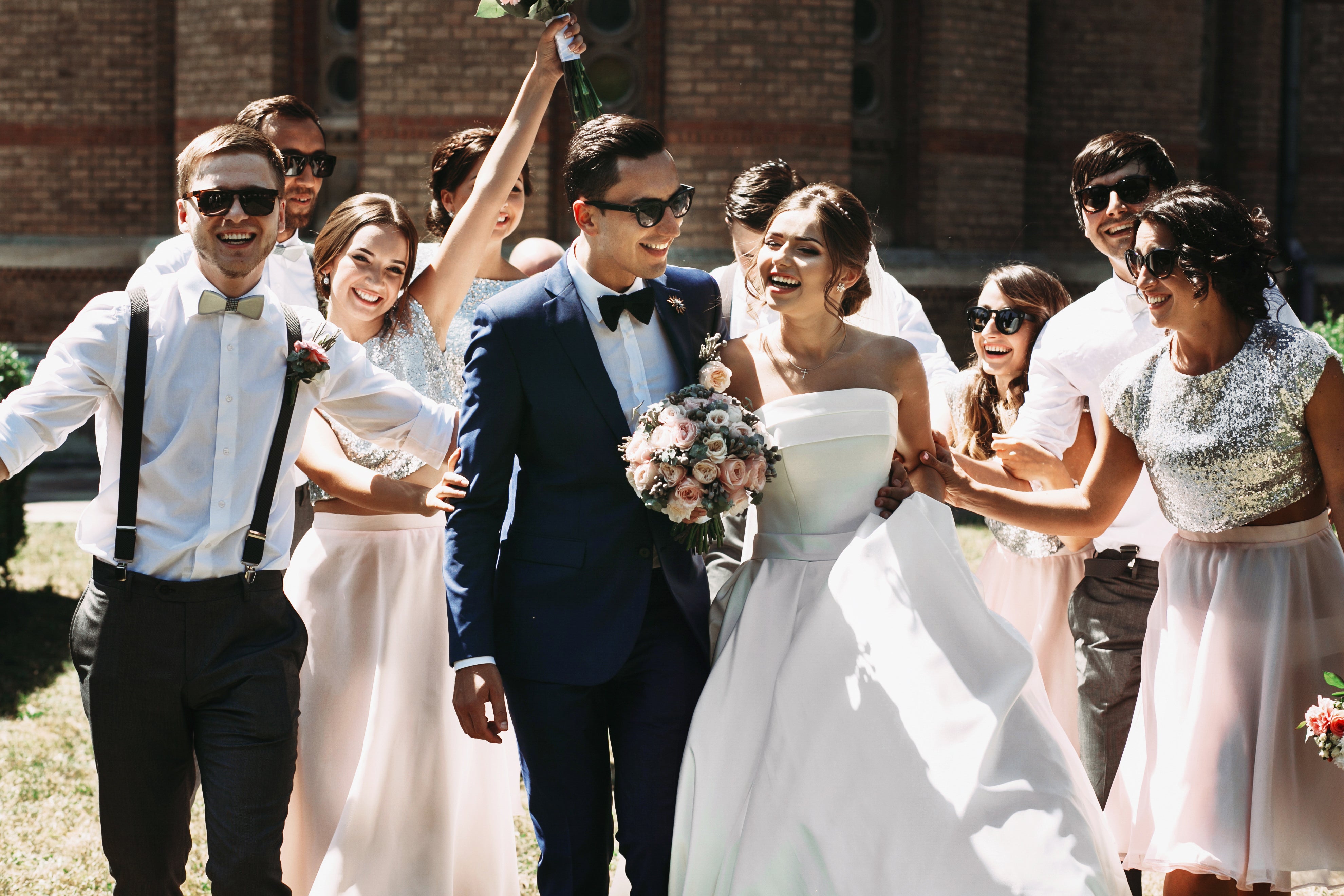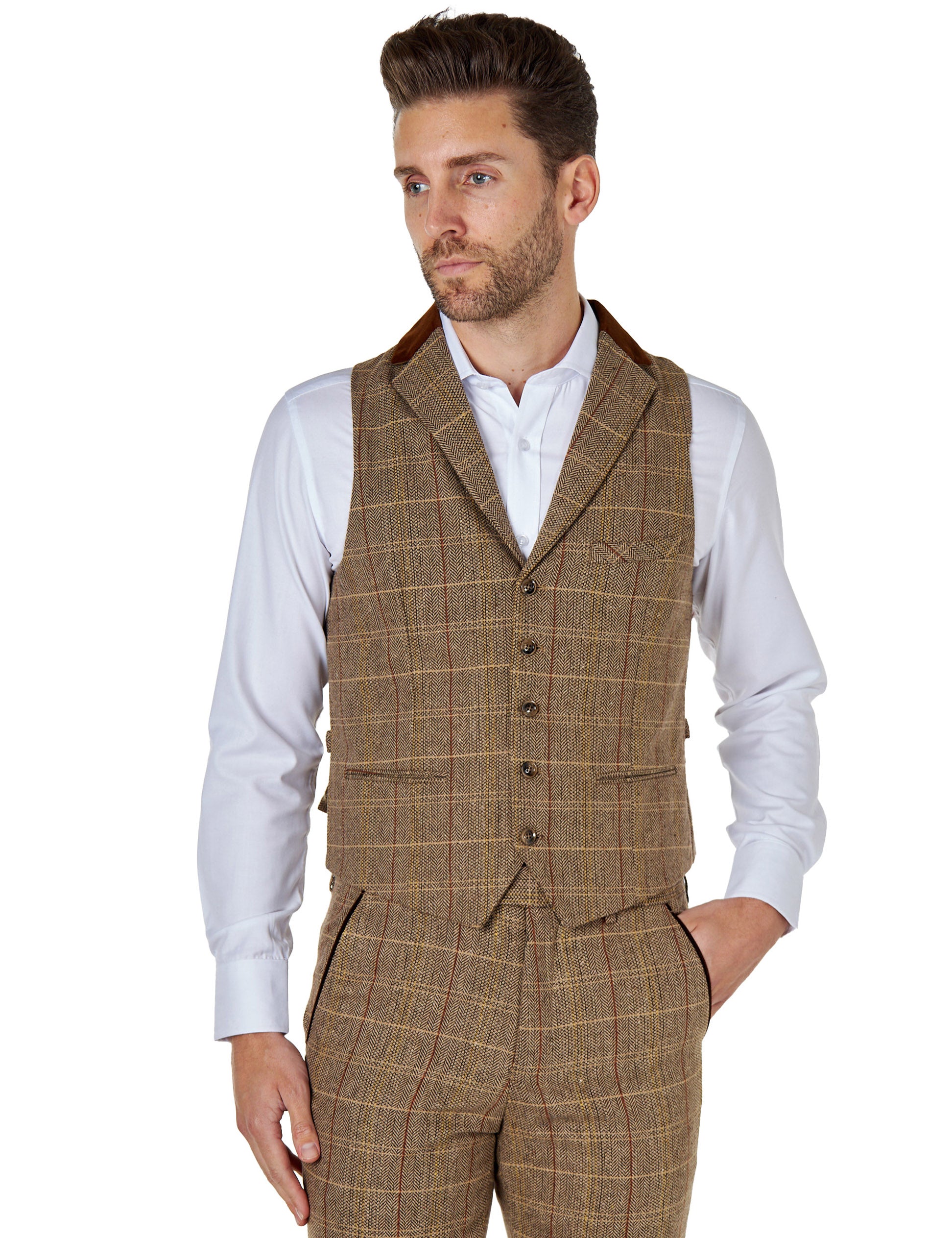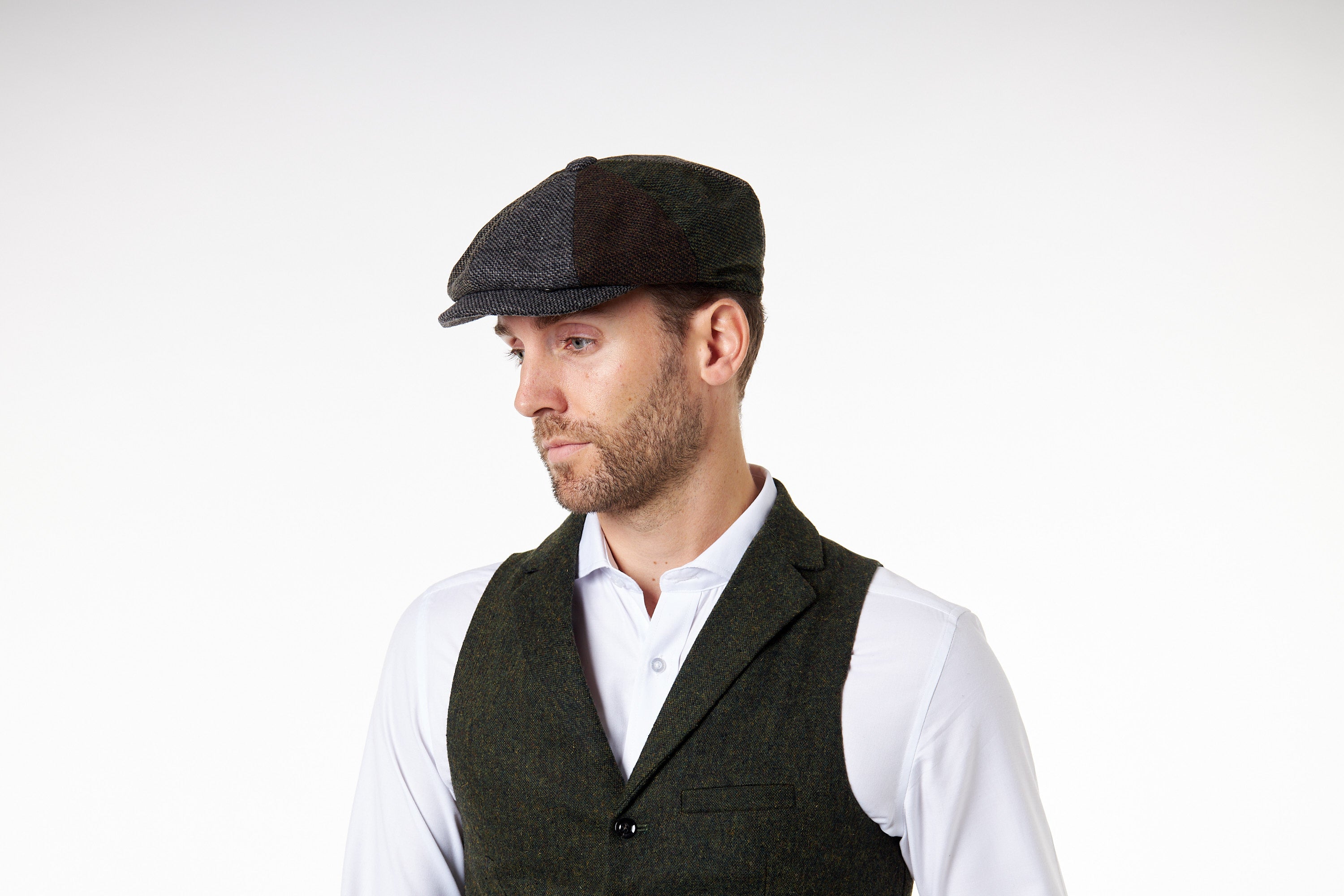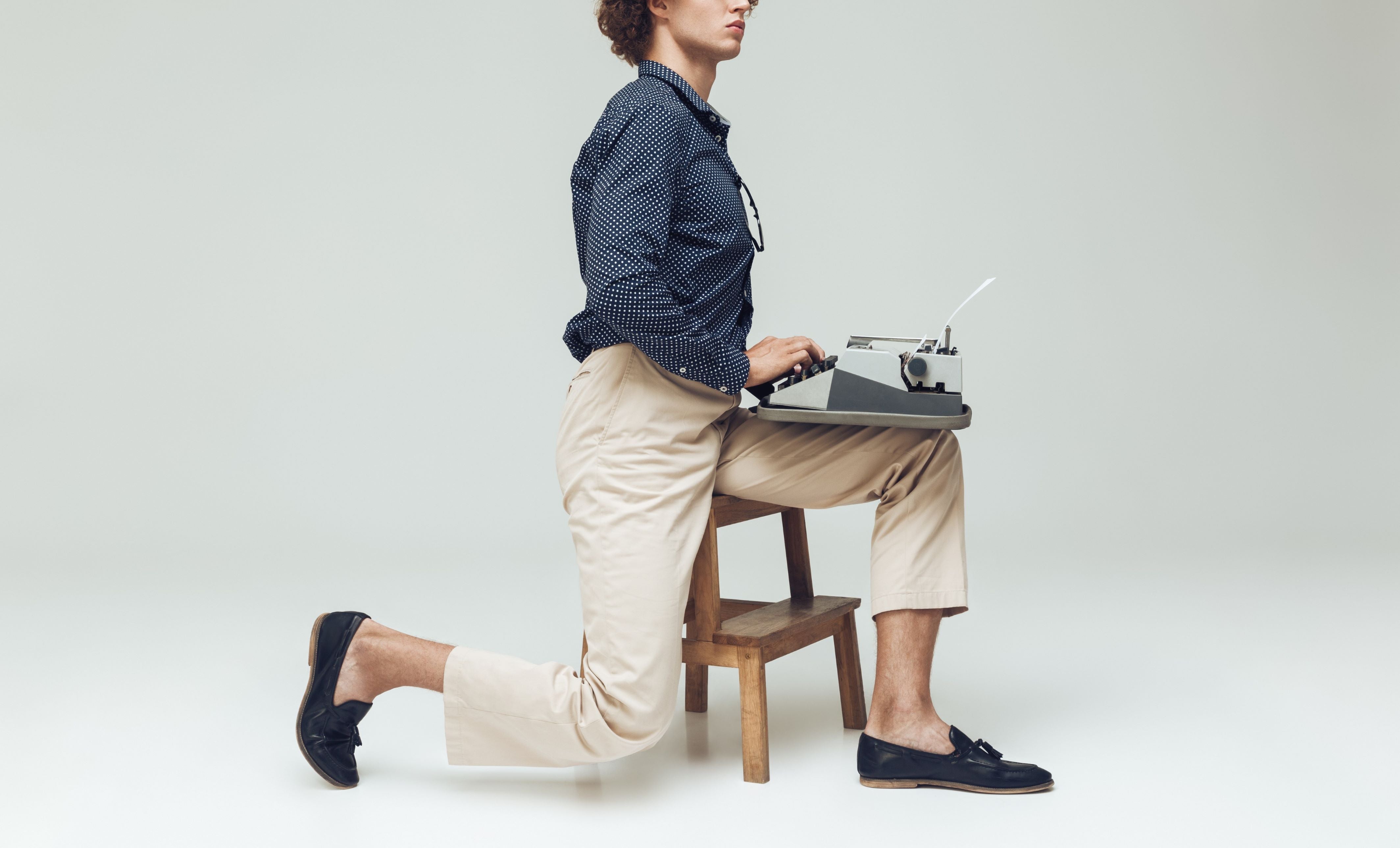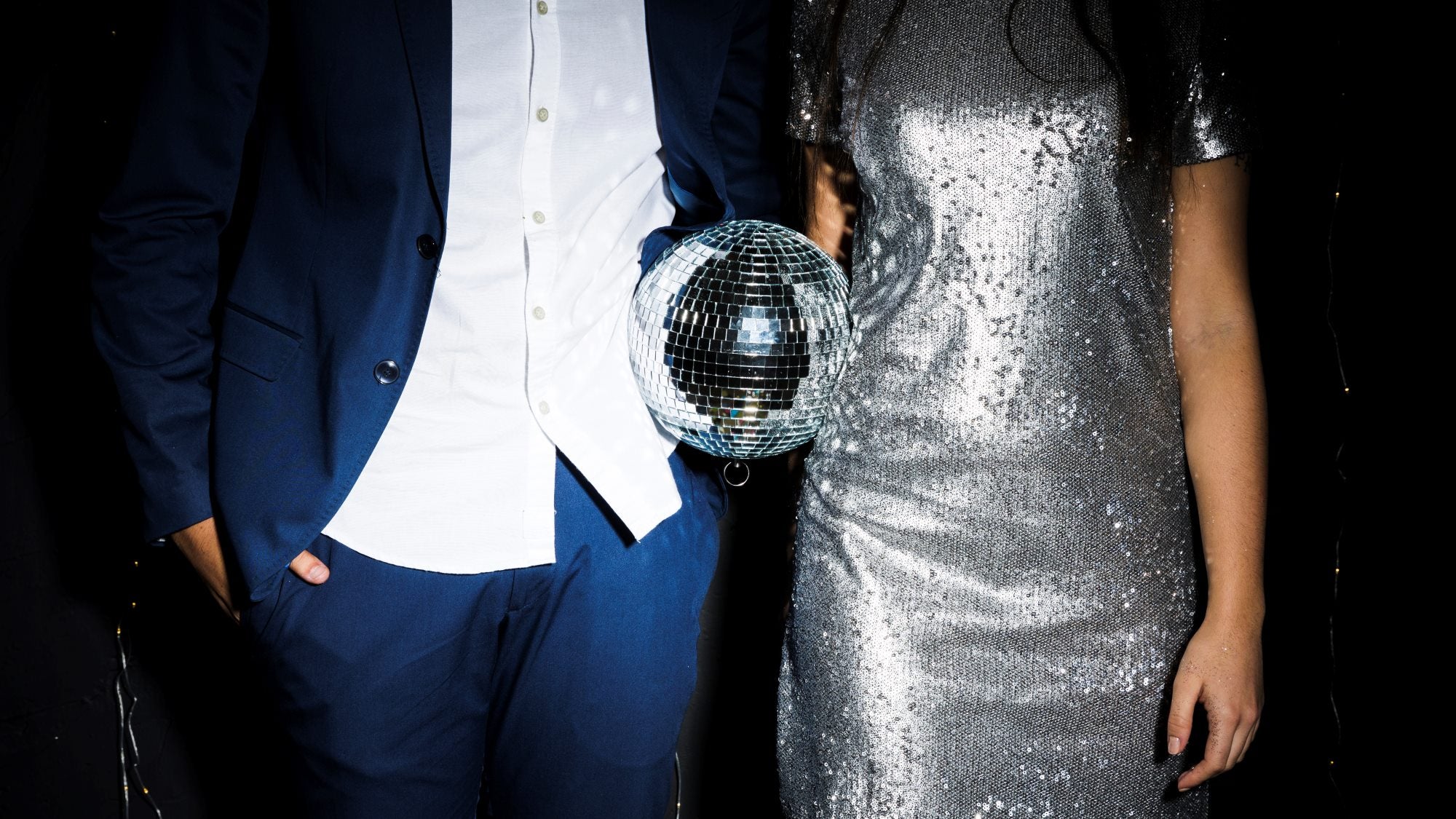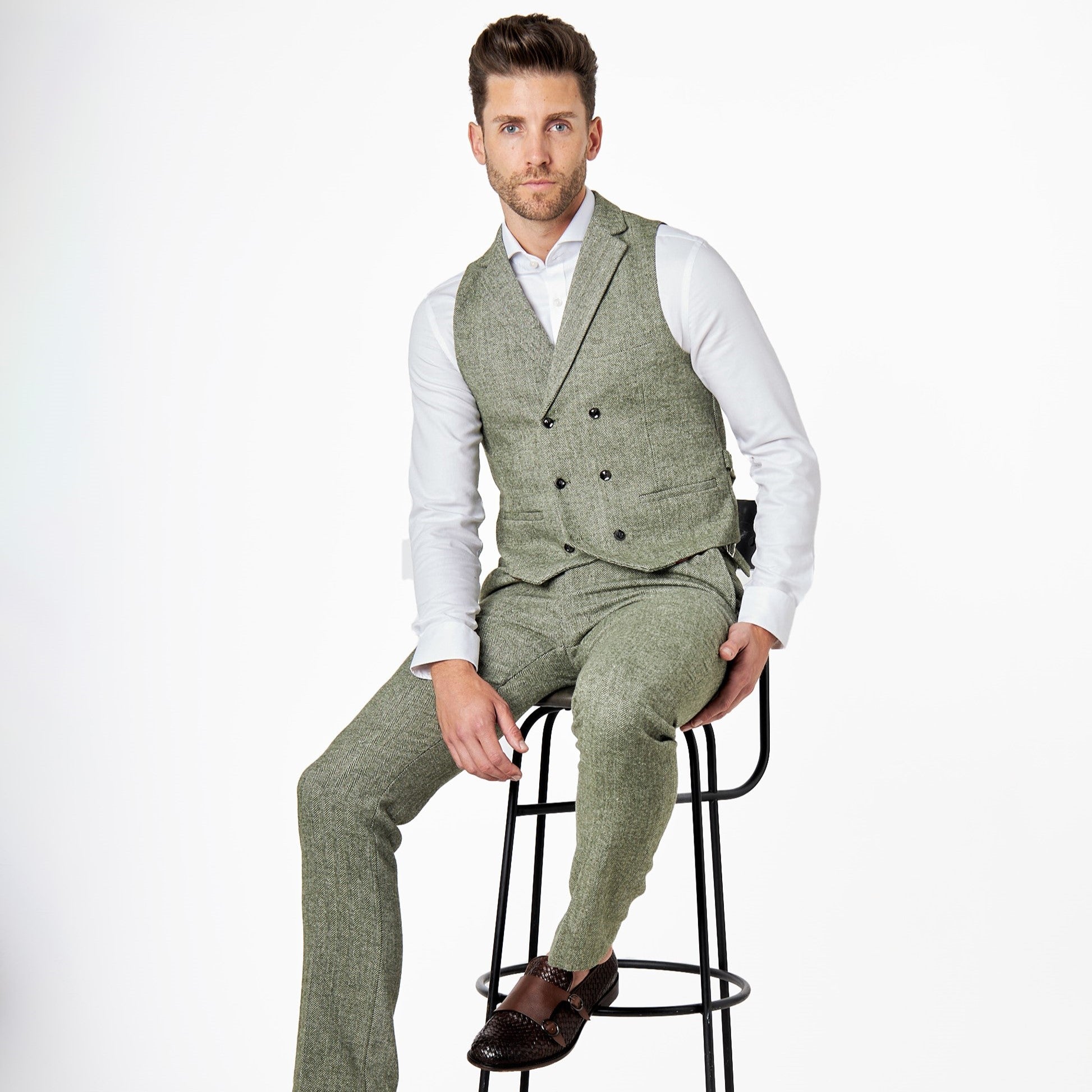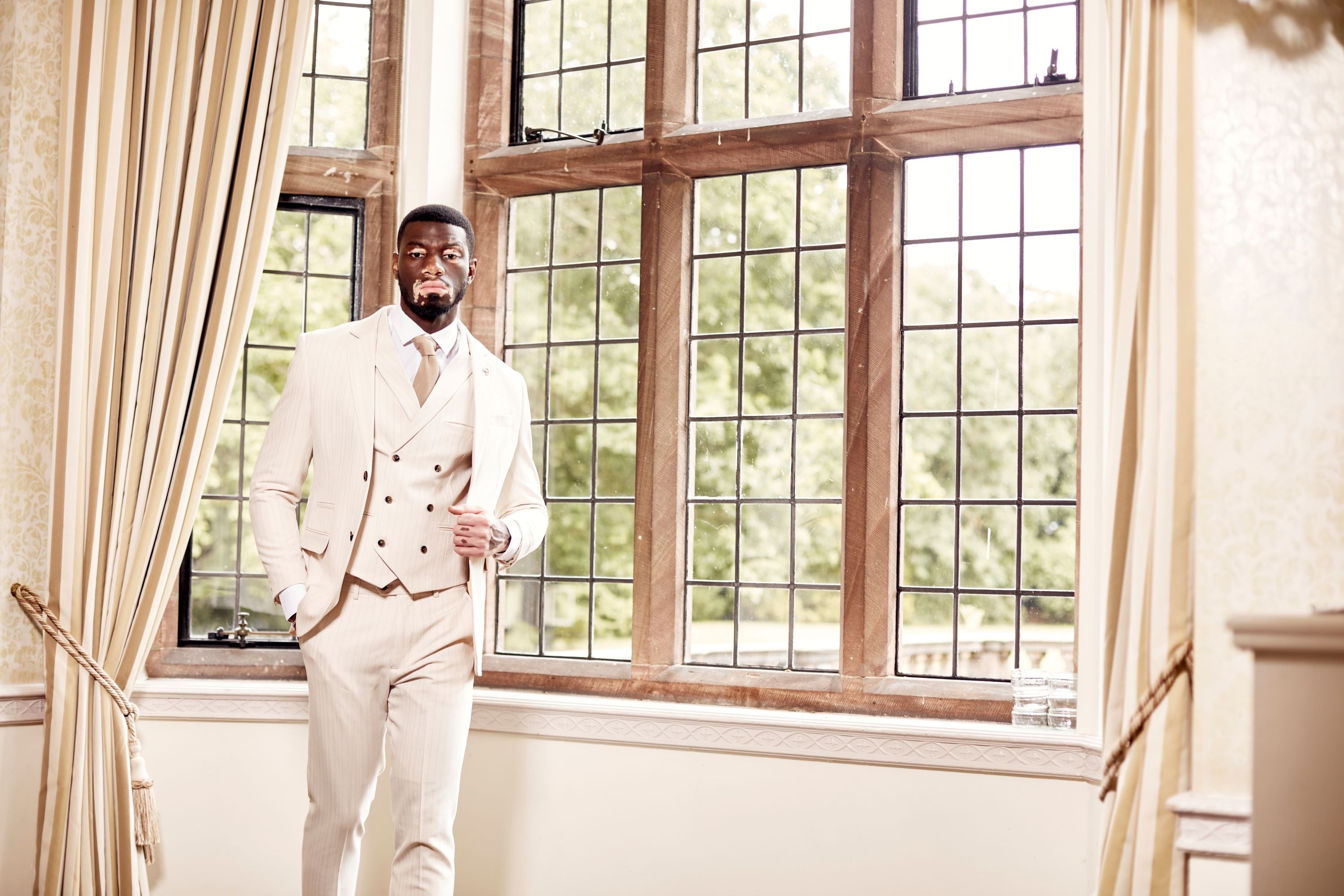How to style a hat
Once upon a time in Britain, a man’s social strata could be identified solely by the hat upon his head. The regal top hats catered to the upper echelons of society; bowler hats were proudly donned by middle-class bureaucrats; and the humble flat cap became synonymous with the working class, especially in the industrial North.
In the 1950s, hats began their descent from everyday wear, certainly in formal settings. But despite their dwindling prominence, they never really disappeared. Rap and skate culture were synonymous with baseball caps; Britpop and baggy had their ubiquitous bucket hats; and no self-respecting barista in a cool cafe would be seen without a beanie.
Notably, those styles were all casual, or part of youth subcultures. With the revitalisation of men’s grooming and appearance through the 2010s (propelled in part by iconic TV series like Peaky Blinders), the art of wearing a hat in a more tailored context is alive again. Hats today provide both function and flair as central pieces in any discerning gentleman’s hat stand.
Styling your hat: not just throwing it on your head
While our great-grandparents might have been able to effortlessly style a hat, this lost art might not come naturally enough for you to brave the streets in one. So now they’re returning to the mainstream, here’s a crash course in making sure your hat collection suits your look.
Size and shape are crucial
A well-fitted hat should sit comfortably above your ears and feel snug but not tight. Keep your hats in proportion to your body’s scale; a large brim might overshadow a smaller frame – literally and figuratively. A flat cap or newsboy tends to work better on the smaller gent, while a fedora rounds off larger shoulders. Those in the middle can usually get away with any style.
Make sure you measure your head just above the eyebrows to get your head size, and use the size chart when you’re buying one to make sure you get a hat that fits – and stays on. If you’re used to stretchy beanies or adjustable baseball caps, this might come as a shock. But gents of yesteryear will have known their head size just as you know your shoe size.
Weather Considerations
Hats do have a functional purpose, so don’t force the wrong type into a given scenario. Wear light materials like straw hats under the summer sun, but a cowboy hat will also keep the rays from your eyes. Felt or leather hats are perfect for fighting the winter chill. If it’s raining or snowing, though, avoid felt – or at least use an umbrella.
Complement your skin tone
Just as you pick a shirt, select a hat that complements or contrasts effectively with your skin tone. For pale skins, dark colours can add depth; olive or darker skin tones shine brightly in lighter, vibrant shades.
Matching your hairstyle
Length and style of your hair can dictate your hat choice. Short, neatly styled hair complements most hats whereas longer locks fare well with something roomier like wide-brimmed fedoras. If you’re bald, buzzed or tight cropped, the newsboy or a flat cap will always look fantastic as they give a little more coverage than fedoras and Trilbies.
Mind your hat etiquette
Remember the basic dos and don’ts that your ancestors would have treated as second nature. The three rules are to remove your hat indoors, during the national anthem and at funerals. If you’re going somewhere with a specified dress code, make sure you choose the right hat – but it’s often more appropriate to go hatless.
Popular types of hats and tips on wearing them
Hats each have their own characteristics that subtly influence how they should be worn. Here are the commonest hat types, with a few pointers towards getting the most out of them.
Fedora
Known for its indented crown and flexible brim, the fedora can suit both casual and formal attire. Tilt it slightly on your head to add an air of mystery or tilt it back for a more open, friendly commitment. It goes perfectly with a suit, with or without an overcoat.
Flat cap
Once synonymous with the British working class, the flat cap is now elevated into modern vogue. Wear it squarely on the head with casual clothes – think jeans and a well-fitted blazer or waistcoat, for example. It looks great with a casual jacket like a denim or bomber, or just a jumper or T-shirt when the weather’s right.
Newsboy
Generally puffier and rounder than the flat cap, the newsboy hat is particularly suitable for adding a more laid-back aesthetic. It goes beautifully with semi-casual outfits, such as when you’re at the races, and has a resonant 1920s look. Just avoid pairing it with business wear.
Bowler
Once the hallmark of the city gent, bowlers were still pretty common in the 1970s (as Monty Python fans will know). Contemporary bowlers can inject a smart touch in suit combinations, perfect for theme parties where charm is essential but irony appreciated. They’ve not quite made a return to vogue just yet, but give it time …
Trilby
Smaller and sharper-edged than a fedora, Trilby’s thrive in casual settings. Wear yours at the bar with chinos and a smart shirt while enjoying after-work social events. It’ll give you a relaxed look and will no doubt start the odd conversation.
Cowboy
This one is definitely informal and possesses an abiding charm reflecting wild, rugged styles loved by Texans and other statesiders. Resurrect this item for outdoor festivals paired with denim and leather boots, but it is probably going to be out of place in the boardroom.
Pork Pie
Characterised by a flattened crown and a pinch around the edge, the pork pie is synonymous with jazz clubs and the ska revival in the 1980s. Wear it at less formal gatherings with a sharp suit and you’re guaranteed to look the part.
Remember, whether it’s reviving an old classic or experimenting boldly, integrating a hat is less about simply wearing it and more about carrying it off. The idea is to find a hat that complements your look rather than being its sole feature. Just know that it will draw attention, so you can tone down everything else to provide a cool backbeat while the hat does the singing.
